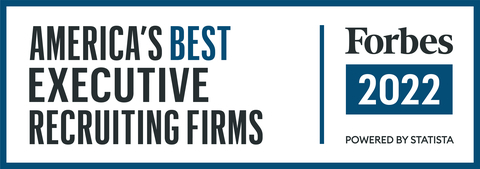Talent will get you in the door, but
character will keep you in the room.
Digital First Consumers – A New Way Retailers Must Think About Customers
Walter Loeb Contributor Retail
Digital First consumers, those shoppers who rely heavily on digital communications when they shop, have higher expectations than the average consumer. They are a distinct consumer segment that needs special understanding because that understanding can focus retailer resources on what is most important to their customers.
In an excellent new study by Alliance Data’s Analytics & Insight Institute, I uncovered what digital consumers expect from brands when it comes to their marketing and communications programs. I also learned what brands believe consumers want from them. The key, of course, is to be aligned so the retailer successfully meets customer expectations.
What does the Digital First Consumer Expect?
The Digital First consumer has clear and specific needs. Those needs include simplicity in communication and personalization. They are generally satisfied by how brands are executing on these two needs, however they do seem concerned about how frequently they receive communications from brands and the fact that the content of messages loses its relevance.
What it boils down to is that Digital First consumers want personal service, special discounts, and promotions tailored to their interests and needs. They also want more control of the content in the promotions and the number of e-mails they receive.
In addition, all shoppers expect the products featured in the communications to be available in the store. They also want to be sure that the communications clearly state whether a product qualifies for a sale or promotion.
Digital First consumers also have expectations about the actual shopping experience. 96% of them say stores should be easy to shop and well organized. Digital First shoppers will frequent those retailers most often, and they prefer convenience in the shopping trips. In other words, the store has to be as easy to shop as the site or app. Brands must realize that consumers have endless options and consumers will gravitate to stores and brands that make the shopping experience easier. That is a priority for consumers as competition continues to increase.
Who exactly are the Digital First shoppers?
While almost all consumers are digital at some level (91% of all consumers have internet access), these shoppers are proficient and engage their favorite retailer via website, email, app, text, or other social platform most often. According to the report, 71% shop on-line multiple times a month while 43% shop in stores multiple times.
Digital First consumers can be found across the generations. The report identifies them as follows:
Segment Born % that are Digital Firsters
Gen Z: (1997-2000s) 38%
Millennials (1981-1996) 41%
Gen X (1965-1980) 34%
Baby Boomers (1946-1964) 27%
It shows clearly that the younger generations are more likely to be Digital Firsters. That is no surprise as one naturally assumes that younger people will be more digitally oriented. The survey goes also looks at how they keep up with their favorite retailers and indicates that that 73% use the website, 48% rely on e-mail, 35% go to a mobile app and 19% will visit stores. In contrast, non-digital consumers are much more likely to visit the store (43%) than digital customers.
Digital Consumers Drive Growth for Digital Brands
The attention on Digital First consumers also creates a need to talk about digital brands. Jill Manoff of Glossy has looked at these businesses. She quotes Marvin Traub Associates, who identified about 200 digitally native brands from 11 countries – 38% in the U.K., 21% in France – and which fall into six categories: fashion, accessories, beauty wellness, home, and food.
Manoff notes that digital brands are growing in two ways. First, they are expanding into new categories. Second, they are entering new geographical markets. She points out that for European digital native brands, it will only be a matter of time before more will seek out U.S. consumers. Even though the two markets are culturally diverse, European companies may be better equipped for international expansion than American brands. Local markets there are smaller, and they have a more global approach. This will increase competition to capture the shopping activity of Digital First consumers.
Brands must realize that consumers have endless options and consumers will gravitate to stores and brands that make the shopping experience easier. That means every brand, and every retailer, must do research to understand it customers – and the different ways they want to connect and shop. If they do, they will be more successful, especially with the Digital First consumer.



